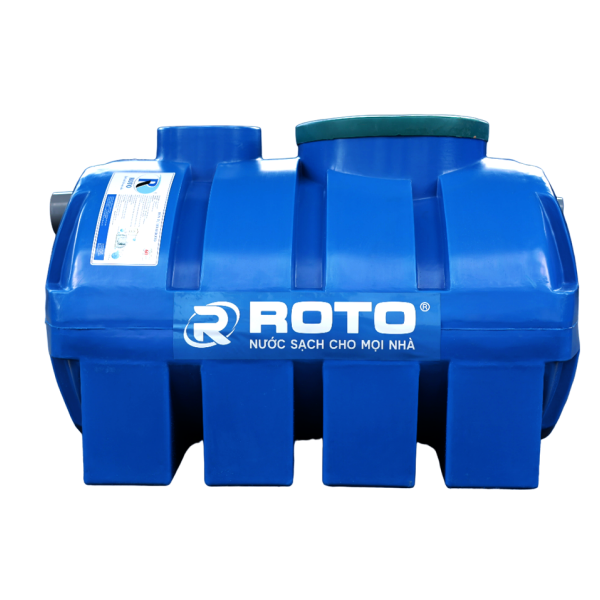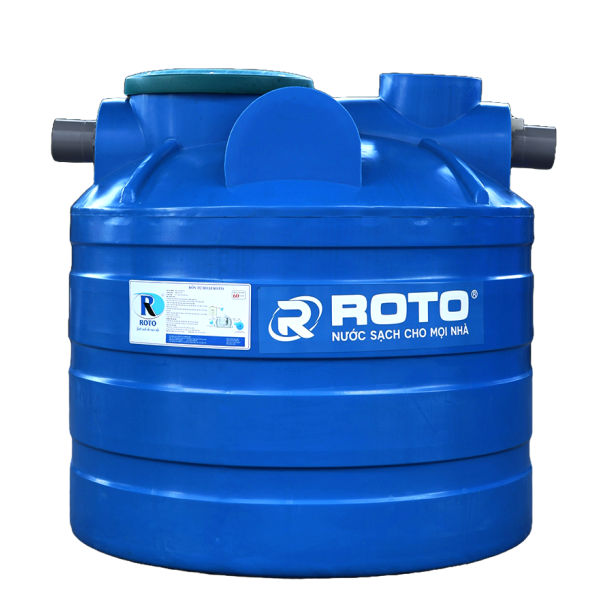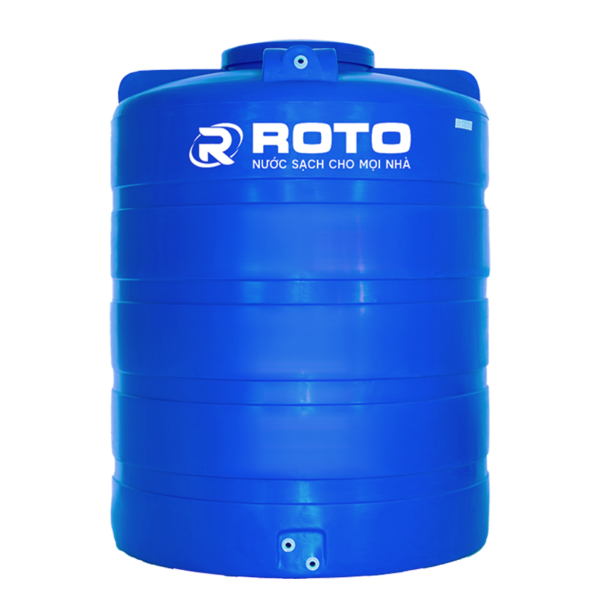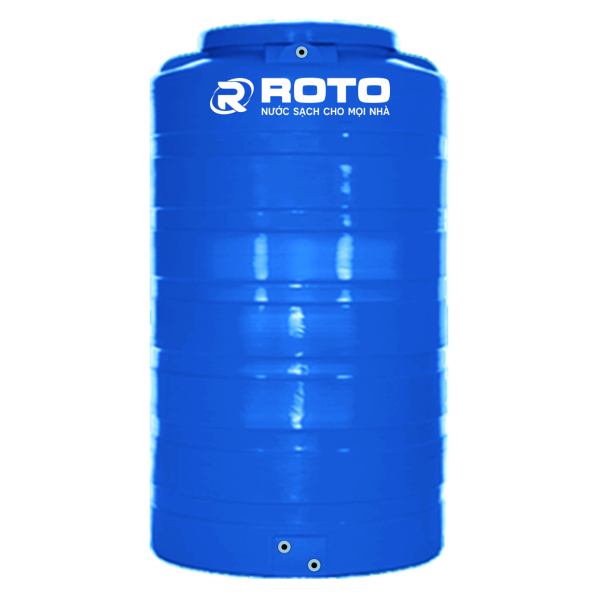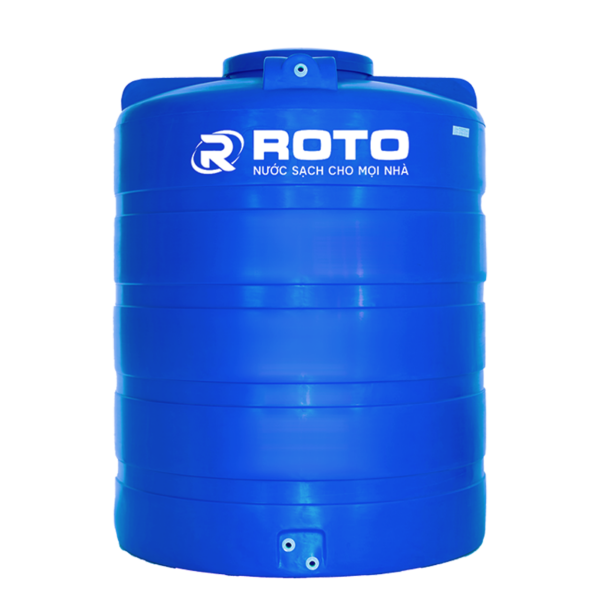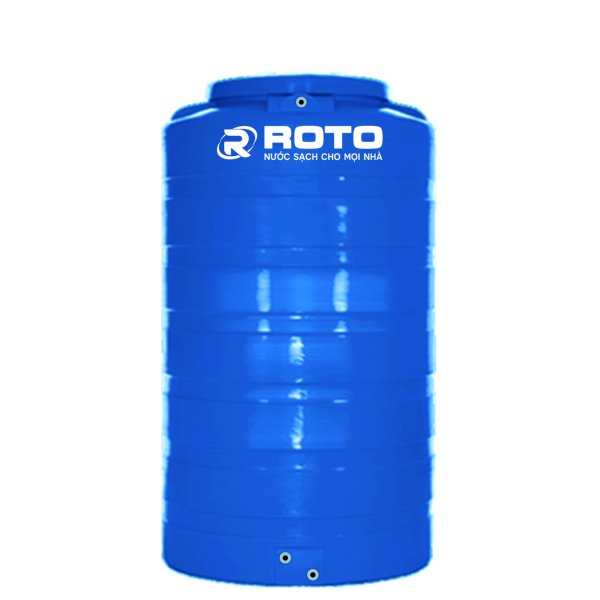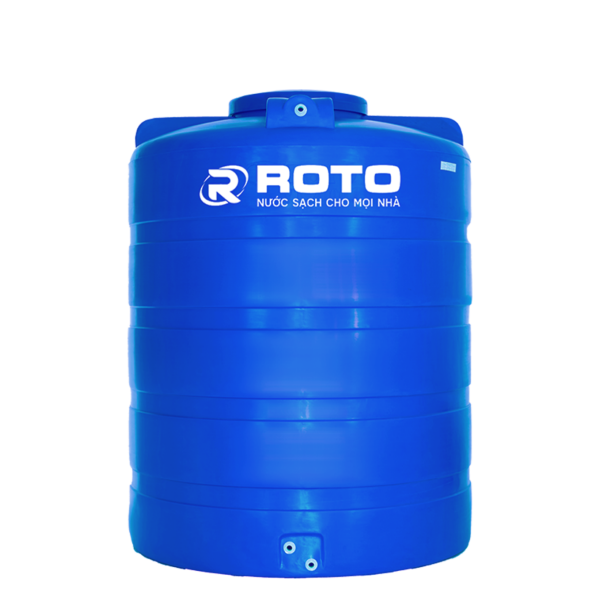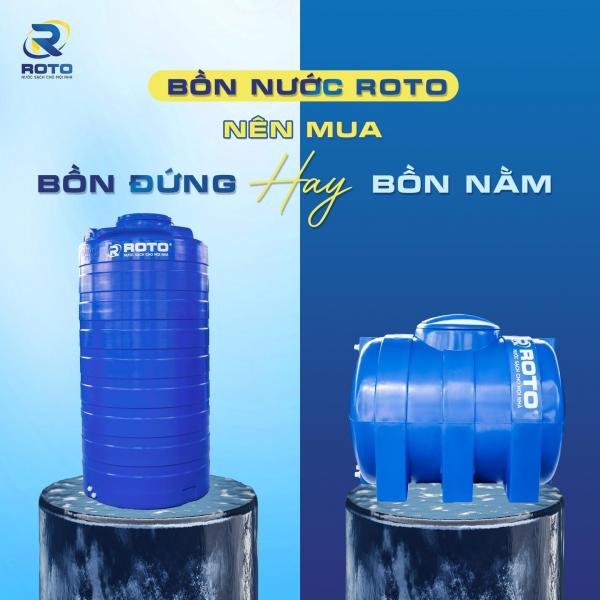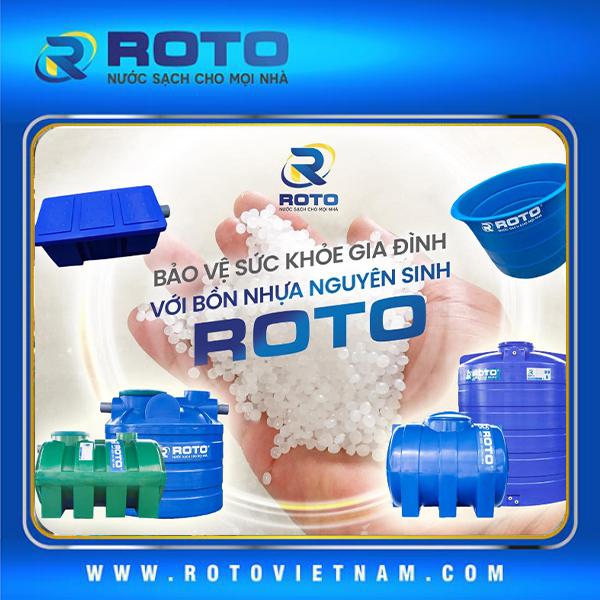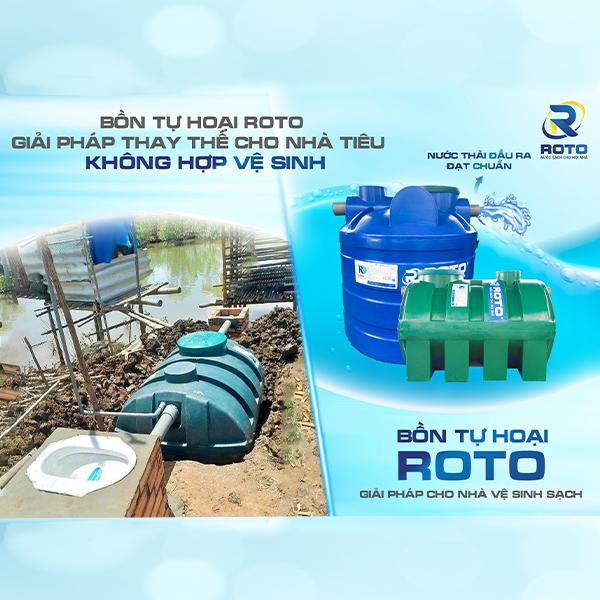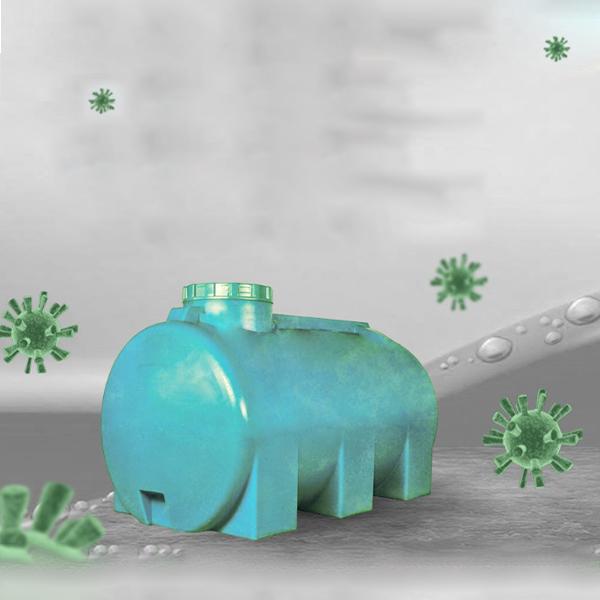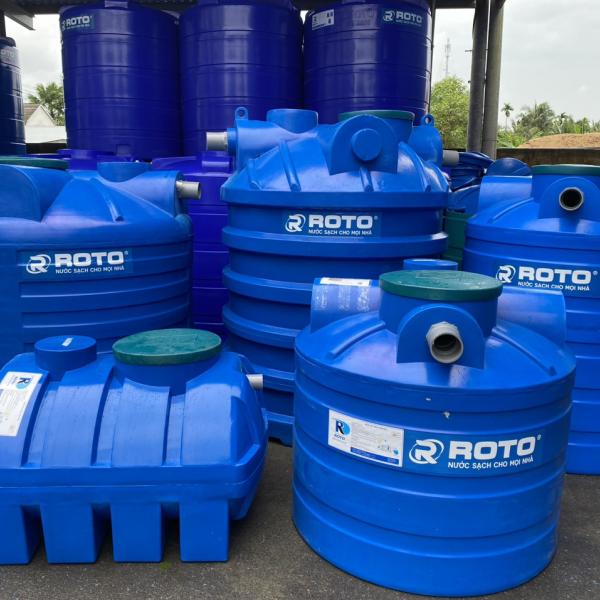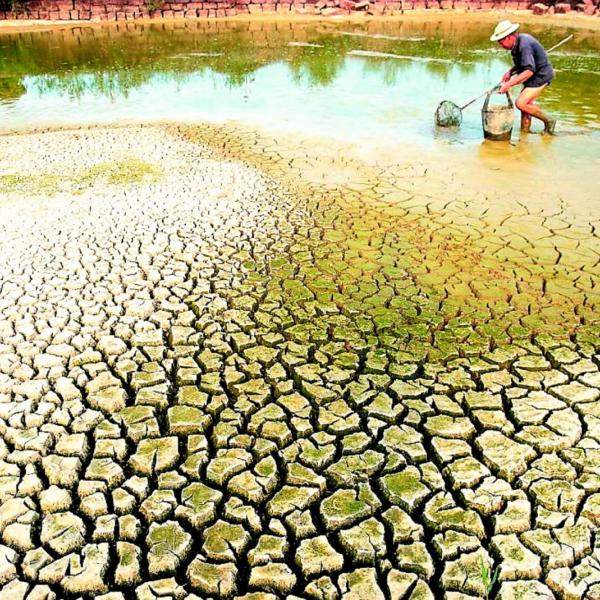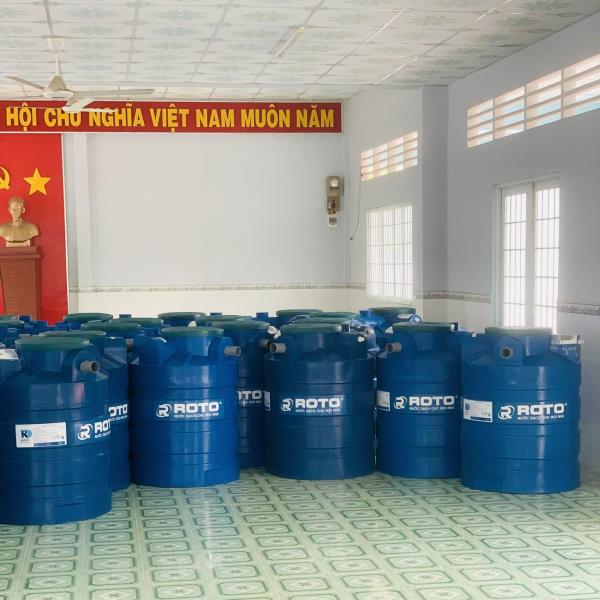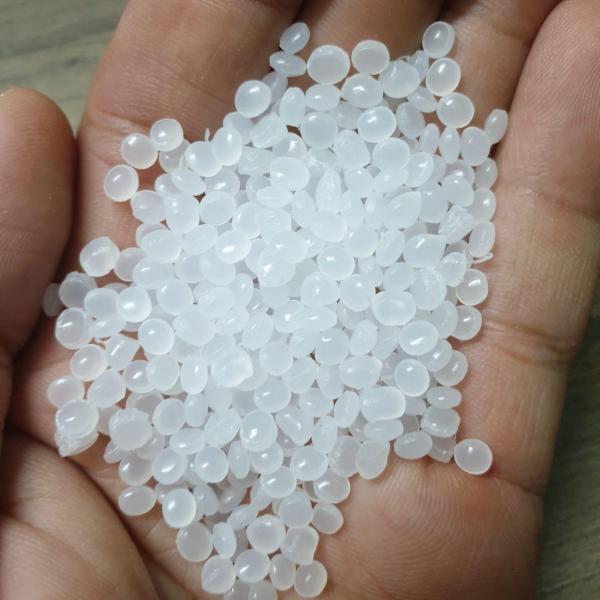Today, climate change is the cause of drought and rising sea levels becoming more serious. This causes coastal areas to face the problem of saltwater intrusion, leading to many consequences that affect the quality of life. Currently, the phenomenon of saline water and alum contamination is reducing the amount of fresh water in Vietnam. In this article, we will better understand the origin of the problem of saline water and alum contamination.
What is saline and alum water?
.jpg)
Salty water
Saline water is a concept that refers to the phenomenon of water with a dissolved salt concentration mainly NaCl (table salt) exceeding the level (> 300 mg/liter) according to National Technical Regulation QCVN 01:2009/BYT on quality. Water used for living and drinking. This content is usually expressed as parts per thousand (ppt)/ parts per million (ppm) / percent (%)/ or g/l.
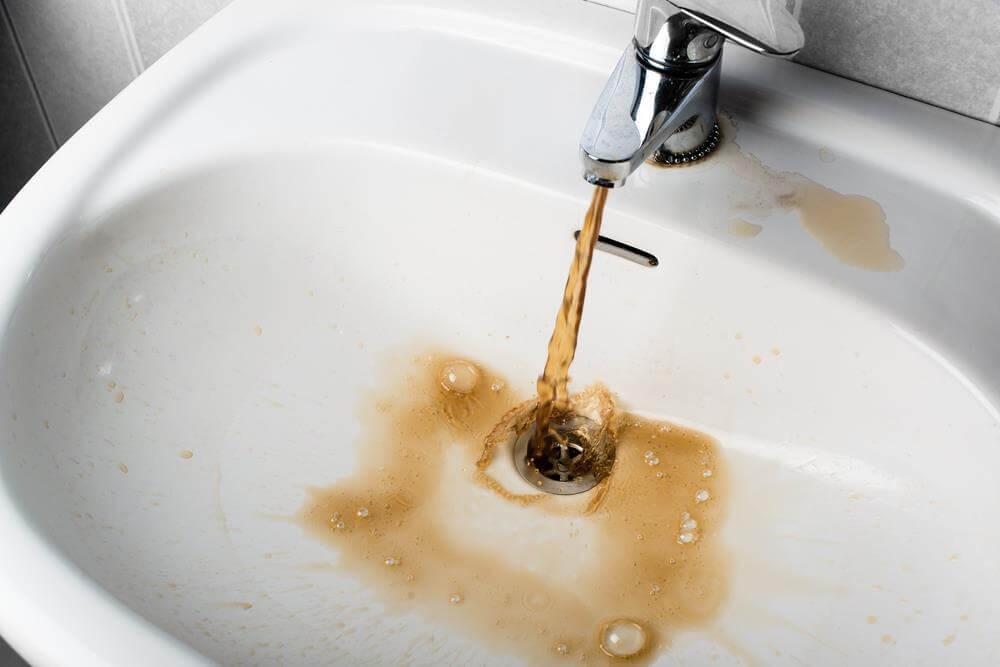
Nước nhiễm phèn
Aluminum water according to the scientific definition is water containing an excessive amount of double salts made up of sulfate anion SO4-2 and metal cations. There are two common types of alum: iron alum and aluminum alum. Visible signs to identify alum-contaminated water are the water is cloudy yellow, the water has a slightly sour taste when tasted, the pH level in the water is low, there is scum floating on the water surface, and when washing clothes it turns yellow, it means the water is contaminated. alum. In particular, water contaminated with heavy alum has an extremely unpleasant fishy smell.
Causes of alum and saline water
- Natural process:
Alum contamination: Can occur when water passes through algae, soil and rocks containing minerals containing alum. The process of water flowing through rocks and soil can release alum into the water.
Salinity: Seawater contains a lot of salt, and if seawater or saltwater from other sources spills into lakes, ponds, or groundwater sources, it can cause salinity.
- Human activities:
Alum contamination: Activities such as mining, industrial production, and use of fertilizers and agricultural chemicals can increase alum concentrations in water.
Salinity: Activities such as digging saline wells, salt farming, and salt mining can also contribute to increased salt concentrations in water.
- Climate Change:
Alum and salinity: Climate change can change rainfall, runoff, and water vapor levels, affecting alum and salt concentrations in water.
- Wastewater:
Aluminum contamination: Aluminum substances often appear in wastewater from water treatment plants, paper mills, and other sources.
Salinity: Wastewater from industries can contain a lot of salt and contribute to increased salt concentration in the aquatic environment.
- Height difference:
Salinity: In some cases, the elevation difference between groundwater and surface water can increase the salt concentration in the groundwater.
So how to store this water effectively?
Aluminum and saline water, if stored for long periods of time, can have negative effects on metal water containers. For pipes and water tanks contaminated with alum and salinity, it is likely to create residue and cause rust, causing significant damage. Therefore, choosing to use a water tank with a material that is highly durable, not oxidized, and not affected by the water source is extremely important. This not only protects the water container but also minimizes the expense and hassle associated with maintenance and replacing components that fail due to the effects of alum and salt corrosion in the water.
ROTO water tanks made from 100% virgin plastic are a smart solution for storing water without worrying about the effects of alum and salinity. At the same time, virgin plastic material ensures that the water source always maintains its quality, without being affected by harmful agents from the surrounding environment, without being oxidized and corroded over time. Water tanks from ROTO: safe, durable, and reliable under all conditions of use.
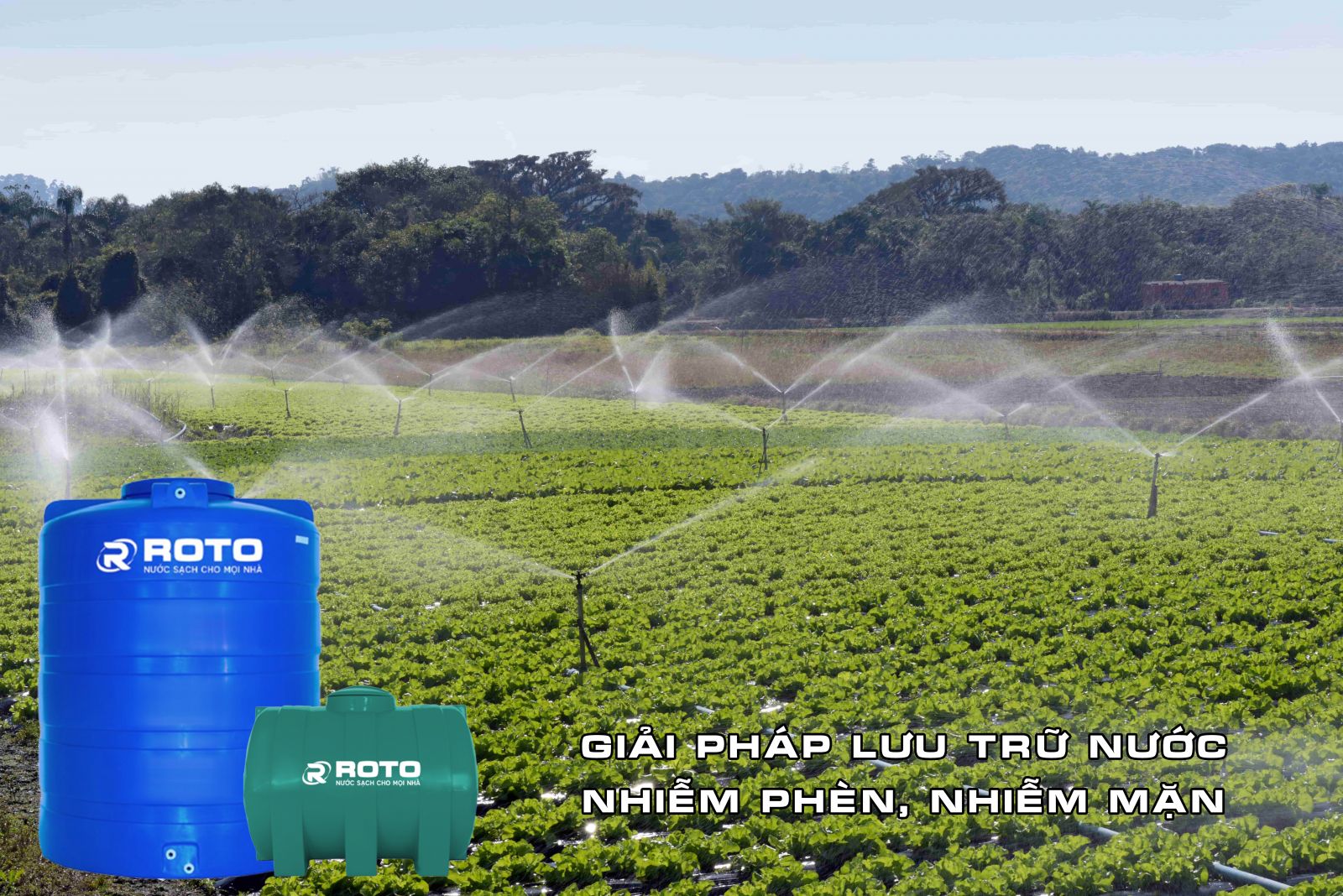
With a production process using automatic rotation technology, Rotational Molding Biaxial is known as a solution for producing uniform plastic spread at every location on the tank body. Plastic tanks not only achieve high durability but also have good resistance to harsh environmental factors. Ruggedly designed, water tanks from ROTO are not only a smart choice for backup water storage, but also an effective solution for industrial and domestic applications.
Conclude
Hopefully the information about alum and saline water sources has helped you have a clearer view of the water quality situation and choose a water tank product suitable for this water source. Quality choices not only ensure a better quality of life and save money, but also keep the product lasting and durable over time.
ROTO is always with you!


